Increasing use of renewable sources of energy is seen as one of the major solutions to decarbonise the society. Individually, how are these renewables faring in the last 10 years?
Renewable energy is generated from sources that can be replenished naturally, hence the term ‘renewable’. Renewable types of energy are considered “clean energy” as carbon footprints from generating them are very minimal or none at all. Major renewable energy types include solar, geothermal, hydropower, wind and biomass (United States EIA, n.d.).
While renewable energy is sourced naturally and can be replenished, its flow at a given time is quite limited. As the US Energy Information Agency (EIA) (n.d.) notes: “renewable resources are virtually inexhaustible in duration but limited in the amount of energy that is available per unit of time.” Nevertheless, technological developments are allowing optimal generation at peak times and storage for later use, as well as smart and efficient integration to the power grid of renewable electricity generated.
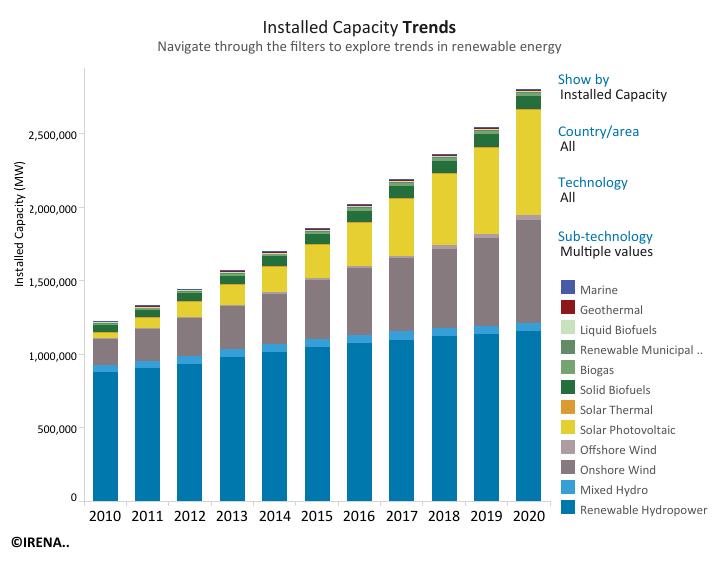
Source: Statistics Time Series. (n.d.). International Renewable Energy Agency. Retrieved November 15, 2021, from https://www.irena.org/Statistics/View-Data-by-Topic/Capacity-and-Generation/Statistics-Time-Series
Let us look at the following five major renewable energy types and sources.
Hydropower
Hydropower is mechanical energy sourced from moving water such as in streams or rivers. Since it is cost-effective, hydropower (mixed hydro and renewable hydropower) comprises the highest percentage of installed capacity and electricity generated among all the other renewable energy sources.

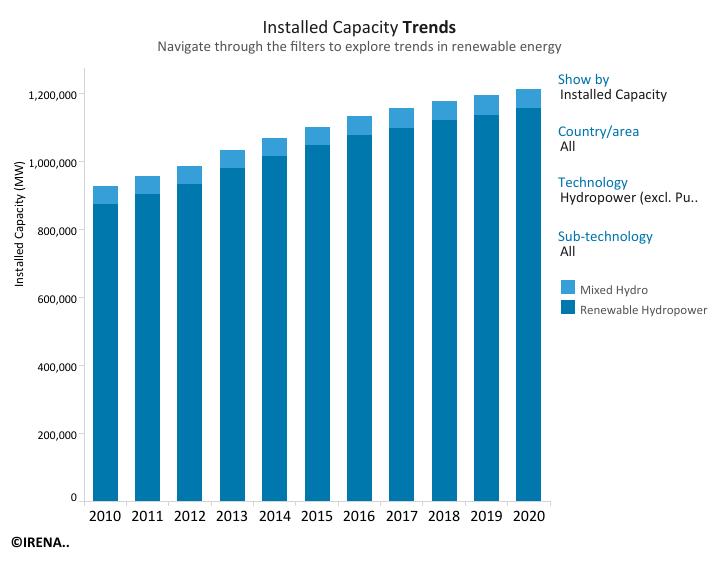
Source: Hydropower. (n.d.). International Renewable Energy Agency. Retrieved November 15, 2021, from https://www.irena.org/hydropower
Solar Energy
Solar energy is solar radiation collected and converted into thermal energy or electricity. With the sun being the oldest and most abundant renewable energy source, solar energy is a natural option for everyone. With costs and accessibility of solar equipment improving in the last 10 years, it is not surprising that the below chart from IRENA shows a steady and steep increase in the installed capacity of solar PV (photovoltaic).


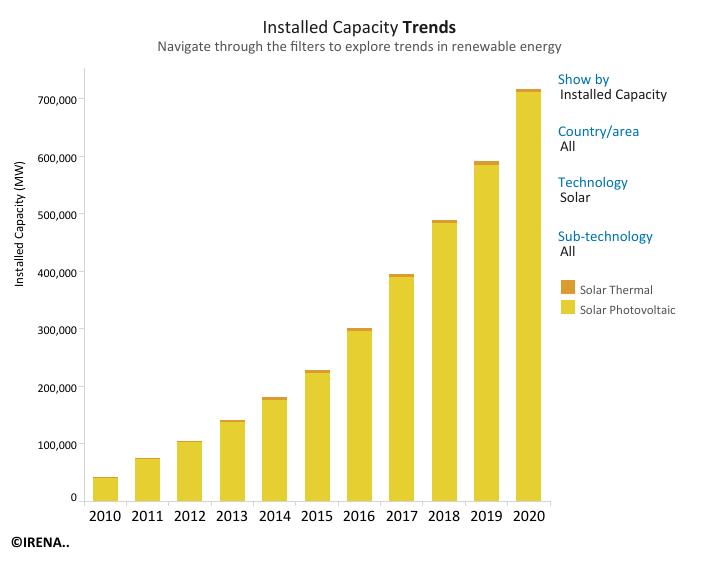
Source: Solar energy. (n.d.). International Renewable Energy Agency. Retrieved November 15, 2021, from https://www.irena.org/solar
Wind Energy
Wind energy is sourced from moving air as a result of uneven heating on earth's surface. With the costs of installing and operating wind farms decreasing the past years, wind energy is considered one of the fastest-growing renewable energy technologies (IRENA, n.d.). Both installed capacity and usage are growing rapidly, and remote, offshore wind farms are seen to offer tremendous potential for electricity generation.

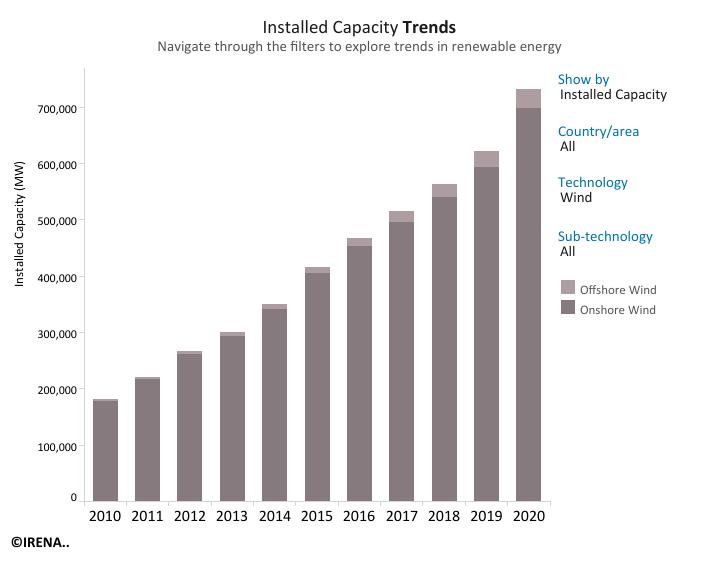
Source: Wind energy. (n.d.). International Renewable Energy Agency. Retrieved November 15, 2021, from https://www.irena.org/wind
Geothermal Energy
Geothermal energy is ground heat stored in the earth's crust. Given that the heat is constantly present within the earth’s subsurface and carried via extremely hot water or steam, this type of renewable energy is not dependent on weather conditions and offers high capacity for cooling and heating purposes as well as electricity generation.

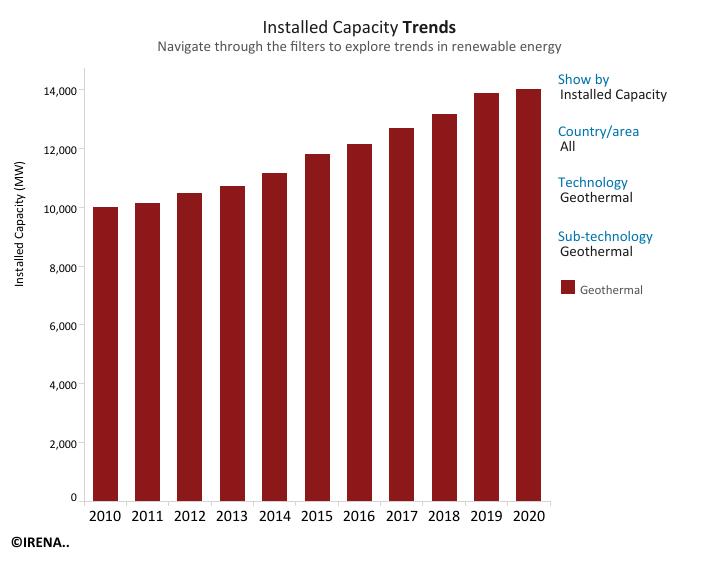
Source: Geothermal energy. (n.d.). International Renewable Energy Agency. Retrieved November 15, 2021, from https://www.irena.org/geothermal
Bioenergy
Biomass energy is sourced from renewable organic material that comes from plants and animals. Energy is harnessed directly by burning wood or plant and animal materials for heat, or converting them to liquid biofuels, an increasingly popular renewable substitute for gasoline. Bioenergy comprised around 10% of total final energy consumption and 1.9% of global power generation in 2015.

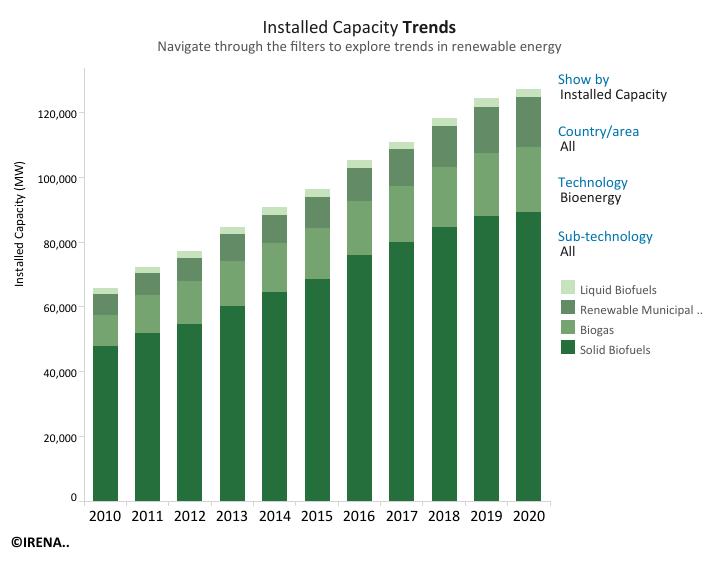
Source: Bioenergy. (n.d.). International Renewable Energy Agency. Retrieved November 15, 2021, from https://www.irena.org/bioenergy
This article is written by Jeremiah Fajardo, TechnologyCatalogue.com Community Manager.
Do you have a topic recommendation or like to contribute articles? Contact us at info@technologycatalogue.com.
Do you want to connect with the author? Check her LinkedIn account (www.linkedin.com/in/jeremiahfajardo) or send an email to jeremiahfajardo@technologycatalogue.com.
Sources:
Renewable energy explained (n.d.). U.S. Energy Information Administration. Retrieved November 15, 2021, fromhttps://www.eia.gov/energyexplained/renewable-sources/
Sources of energy - U.S. Energy Information Administration (EIA). (n.d.). U.S. Energy Information Administration. Retrieved November 15, 2021, from https://www.eia.gov/energyexplained/what-is-energy/sources-of-energy.php
Statistics Time Series. (n.d.). International Renewable Energy Agency. Retrieved November 15, 2021, from https://www.irena.org/Statistics/View-Data-by-Topic/Capacity-and-Generation/Statistics-Time-Series
Wind energy. (n.d.). International Renewable Energy Agency. Retrieved November 15, 2021, from https://www.irena.org/wind
Related Blogs:
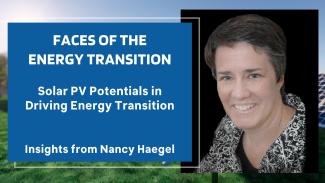
Solar PV Potentials in Driving Energy Transition
To explore the full potential of solar in driving global Energy Transition, along with the challenges that must be addressed to realise this, we invited Nancy Haegel from the United States National Renewable Energy Laboratory (NREL) to answer a few questions touching on the potential of solar photovoltaics (PV) in supporting the Energy Transition.

Hydrogen Production, Storage and Power Generation Technologies
Hydrogen is gaining momentum these days given its huge potential as a clean energy solution. As such, we are highlighting hydrogen production, storage and power generation technologies on the platform for this month’s Technologies in the Spotlight. In this list, you will find novel and proven technologies with technology readiness levels ranging from 7 to 9.
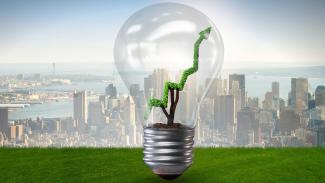
Building a tech portfolio to reduce CO2 footprint
Large companies all over the globe are taking conscious effort to reduce the CO2 footprint of their activities. According to a report from Energy & Climate Intelligence Unit, over a fifth of the world’s 2,000 largest public companies announced net zero commitments. But then the question comes: how to realise those targets?
About TechnologyCatalogue.com
Discover and deploy technological innovations to accelerate energy transition. That’s the objective of TechnologyCatalogue.com. With over 800 technologies and 70,000 unique users of the platform, TechnologyCatalogue.com supports the energy transition by providing a platform that bridges the gap between technology suppliers, end-users and experts, and facilitates technological innovations towards a more sustainable energy sector.
Aside from the global platform, TechnologyCatalogue.com also provides customized services for companies and industry organizations, tailored according to their specific needs to get the technology deployed!
We understand what it takes to get technology deployed, including all change management aspects related to new ways of working. Over the years, we have facilitated more than 1,000 technology deployments for global and regional operators resulting in >$1 billion of value added.
